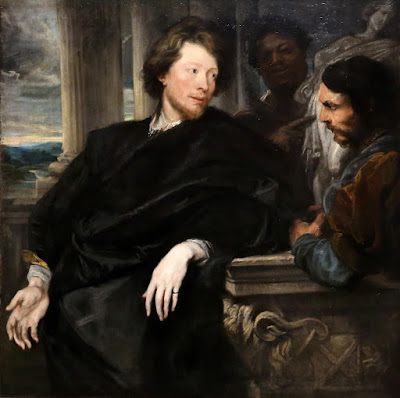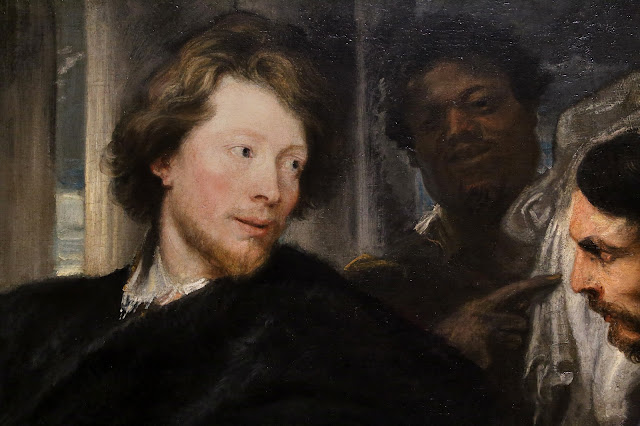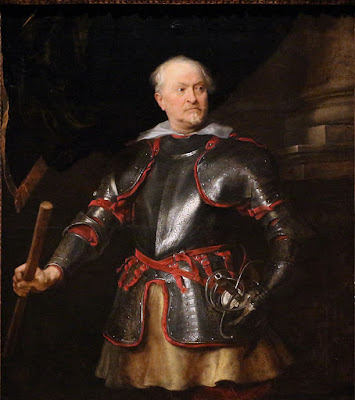 |
| Anthony van Dyck Lord Bernard Stuart (detail of double portrait) ca. 1638 oil on canvas National Gallery, London |
 |
| Anthony van Dyck Lord John Stuart (detail of double portrait) ca. 1638 oil on canvas National Gallery, London |
 |
| Anthony van Dyck Lord John Stuart and Lord Bernard Stuart ca. 1638 oil on canvas National Gallery, London |
 |
| Anthony van Dyck Artists Lucas and Cornelis de Wael 1627 oil on canvas Musei Capitolini, Rome |
 |
| Anthony van Dyck Lady Dorothy Percy, Countess of Leicester ca. 1635 oil on canvas National Trust, Petworth House, Sussex |
 |
| Anthony van Dyck Abbé Scaglia adoring the Virgin and Child 1634-35 oil on canvas National Gallery, London |
 |
| Anthony van Dyck Abbé Scaglia 1634 oil on canvas National Gallery, London |
 |
| Anthony van Dyck George Gage (diplomat and art agent) in Rome with two men displaying Antiquities ca. 1622-23 oil on canvas National Gallery, London |
 |
| Anthony van Dyck George Gage (diplomat and art agent) in Rome with two men displaying Antiquities (detail) ca. 1622-23 oil on canvas National Gallery, London |
 |
| Anthony van Dyck François Langlois in the garb of a Shepherd ca. 1630-35 oil on canvas National Gallery, London |
 |
| Anthony van Dyck William Fielding, 1st Earl of Denbigh ca. 1633-34 oil on canvas National Gallery, London |
 |
| Anthony van Dyck Portrait of a Gentleman ca. 1620-21 oil on canvas Museu Calouste Gulbenkian, Lisbon |
 |
| Anthony van Dyck The Balbi Children ca. 1625-27 oil on canvas National Gallery, London |
 |
| Anthony van Dyck A Gentleman of the Spinola Family in Armour ca. 1621-27 oil on canvas Cincinnati Art Museum, Ohio |
 |
| Anthony van Dyck Equestrian Portrait of Charles I 1636 oil on canvas National Gallery, London |
"Anthony van Dyck (1599-1641) was the most important Flemish painter of the 17th century after Rubens, whose works influenced the young Van Dyck. He also studied and was profoundly influenced by the work of Italian artists, above all, Titian. Van Dyck was born in Antwerp. A precocious artist, his first independent works date from 1615-16, when he would have been about 17. In 1621 he was in the service of James I of England, but left to visit Italy, where he remained until 1627. His aristocratic rendering of Genoese patricians, like the so-called Balbi Children, were very well received in that city. After a second period in the Netherlands, greater success awaited Van Dyck when he settled at the English court in 1632. His authoritative and flattering representations of Charles I and his family set a new standard for English portraiture to which members of the court were keen to aspire."
– from biographical notes at the National Gallery, London